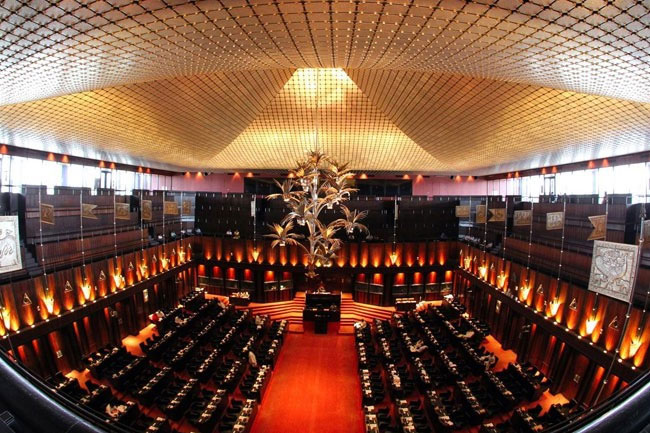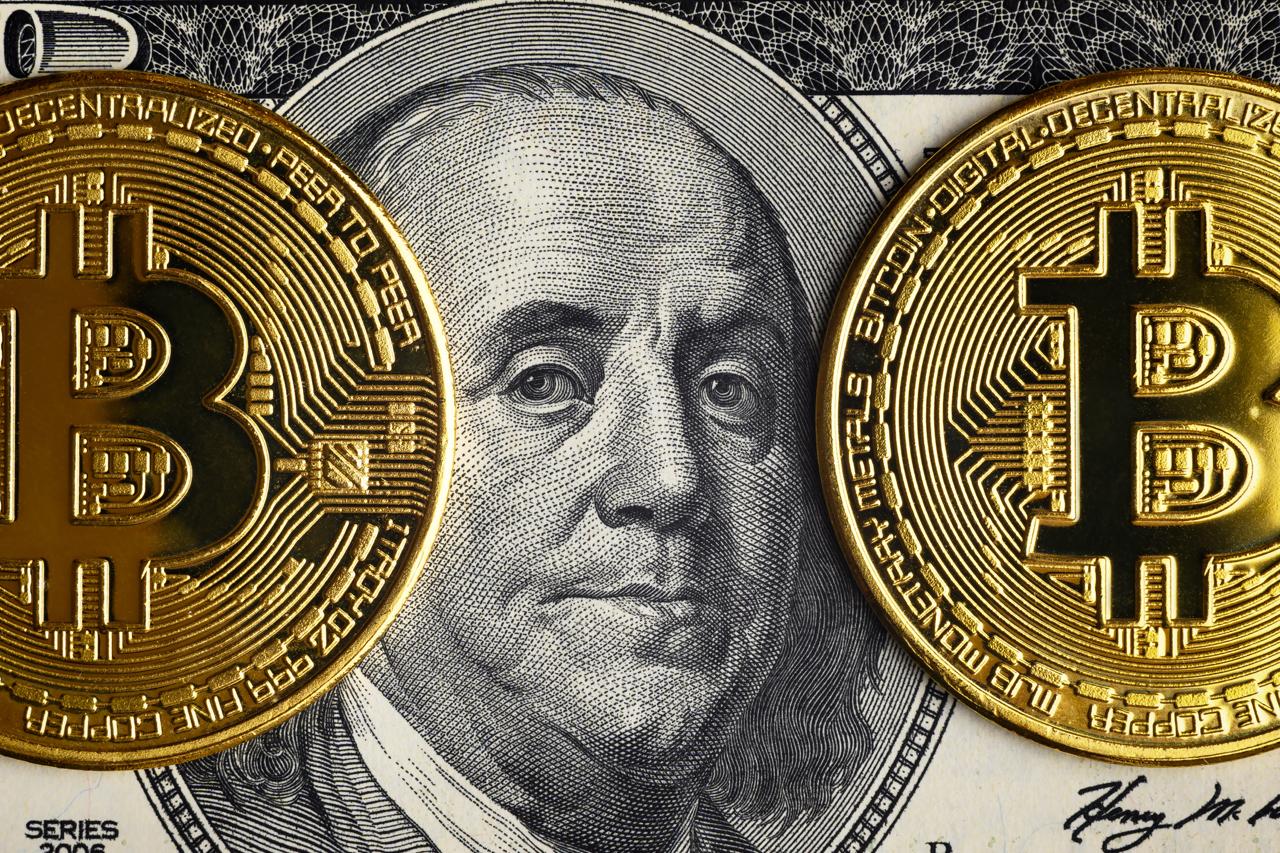While Thursday’s Sensex’s muted 300-point drop suggests markets had partially priced in steeper tariffs, analysts warn the real carnage in export-facing stocks is just beginning, and the paralysis could persist for months.
Trump’s punitive tariffs on Russian crude imports have pushed total US duties to levels Nomura calls “similar to a trade embargo.” The 50% rate, 20 points higher than China and 21 above Pakistan, threatens a bunch of export sectors worth billions of dollars.
“This is a tough period to navigate for investors,” warns Seshadri Sen from Emkay Global. “The terms of the final trade deal could still be considerably different, though a worst-case, highly damaging scenario has presented itself.”
The carnage is already being mapped out sector by sector. Sen identifies the most vulnerable: “The most-impacted sectors are textiles (Gokaldas/Kitex), Chemicals (Camlin, Aarti and Atul), and Auto Ancs (BHFC/Suprajit/Sona BLW), with direct export exposure to the US.”
Nomura’s analysis reveals the scale of destruction awaiting: “If effective, the steep 50% tariff would be similar to a trade embargo, and will lead to a sudden stop in affected export products. The lower value addition and thinner margins across a number of industries (textiles, gem & jewellery) could jeopardise operations, especially of smaller firms that will struggle to compete.”Also Read | Trump doubles tariff on India to 50% over Russian oil purchaseThe US accounts for 18% of India’s total exports and 2.2% of GDP, with key sectors seeing 30-40% of their global exports heading to America. For textiles, gems & jewelry, and leather companies operating on thin margins, the tariff wall could prove insurmountable.
Domestic brokerage firm SBI Securities has warned of collateral damage to Indian companies operating US brands. “Stay away from US brands focussed domestic franchisees, as clamour to boycott US products and follow swadeshi model may grow,” the brokerage cautions, naming Jubilant Foodworks (Dominos, Dunkin Donut), Westlife (McDonald’s), Devyani International (Burger King), Varun Beverages (Pepsi), and Sapphire Foods (KFC, Pizza Hut) as vulnerable to “temporary enhanced selling pressure.”
Mahesh Patil of Aditya Birla Sun Life AMC draws parallels with Brazil’s experience: “We are now at par with Brazil, which provides a blueprint, it saw a 6-7% fall from the peak before recovering in local terms.”
The rupee’s decline, while painful, offers a counterintuitive benefit. “The immediate casualty is the INR, which will take the brunt—this will provide some respite for exporters. Counterintuitively, a fall in the INR (once it stabilises) is positive for local earnings, and hence equities benefit with a lag,” Patil explains.
What should investors do?
With export sectors in the crosshairs, the investment playbook is shifting toward domestic consumption. SBI Securities recommends focusing on “domestic-focused businesses like Cement, Hotels, Telecom, New Age Businesses, EMS players, Auto/Auto Ancillaries, Hospitals, Defence/Railways, and Alcoholic Beverages.”
Ajay Sen of Emkay Global maintains conviction in India’s structural resilience: “We see the broader economy staying resilient and remain convinced of a 2HFY26 consumption-led recovery. We would look through any near-term volatility caused by this and buy a substantial dip (of more than 5%).”
The dip-buying opportunity
Several analysts are positioning the crisis as a potential goldmine for patient investors. Sen’s four-point survival strategy includes: “Buy the dip if the market correction exceeds 5% from here. Valuations would then be comfortably below the long-term average, and the direct impact on the listed universe’s earnings is negligible.”
Dr. V.K. Vijayakumar of Geojit Financial Services strikes a balanced tone: “The market is unlikely to panic, but weakness will continue in the near term. Since uncertainty is high, investors should adopt a cautious approach.”
Your investment strategy depends significantly on your investment horizon and risk appetite. Santosh Meena of Swastika Investmart advises long-term investors to stay the course: “This development is part of ongoing global trade tensions and shouldn’t distract from India’s long-term growth potential. But short-term traders should exercise caution.”
For long-term investors, the consensus remains surprisingly optimistic. India’s domestic consumption story stays intact, with IT, pharmaceuticals, and electronics notably exempt from current tariff announcements.
As Patil concludes: “Any knee-jerk correction in the market would be a good opportunity to increase allocation to equities, as the macroeconomic outlook and long-term fundamentals of India are fairly strong.”
The 21-day countdown to tariff implementation has begun. Markets may be paralyzed now, but for those willing to look beyond the immediate chaos, the foundations for the next rally may already be forming.













